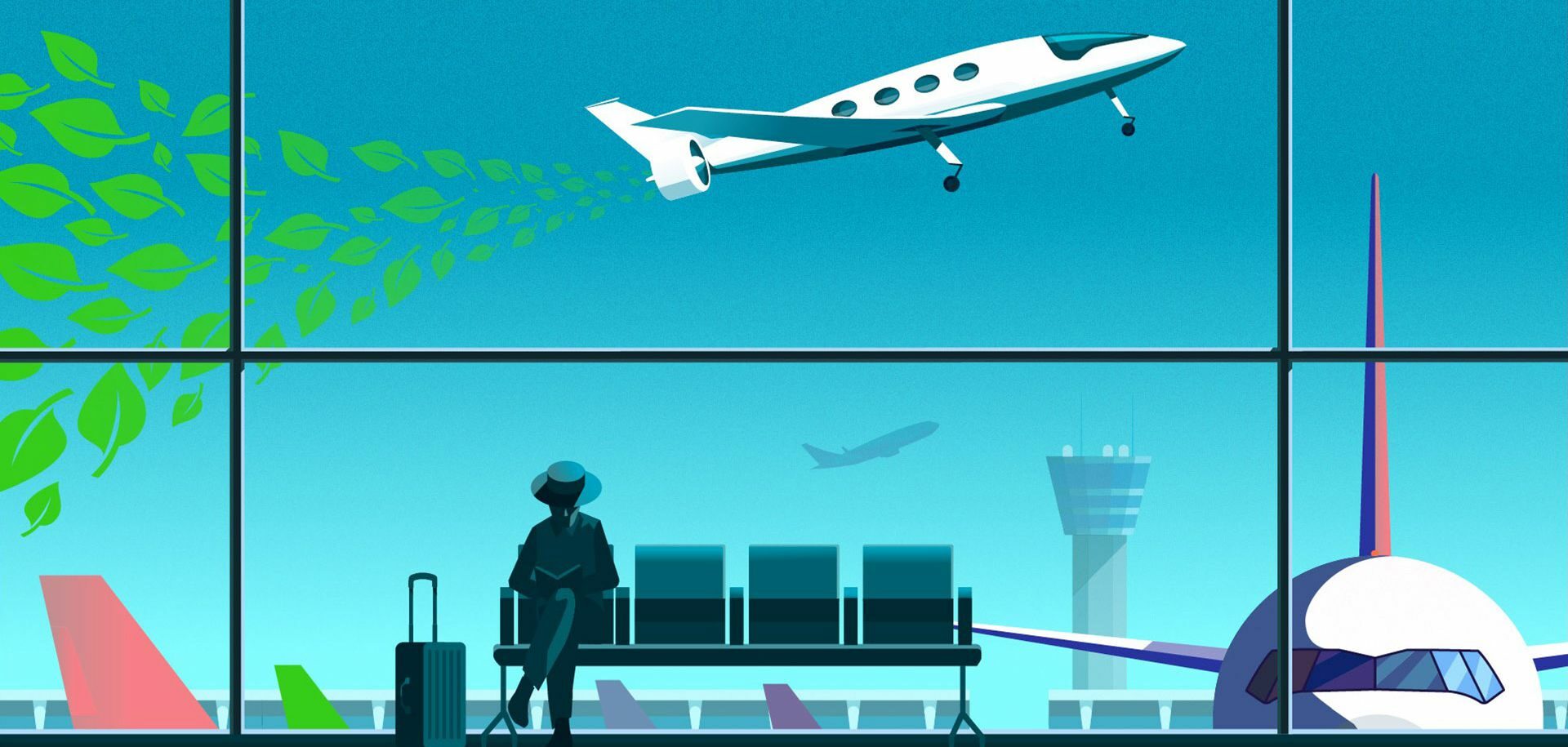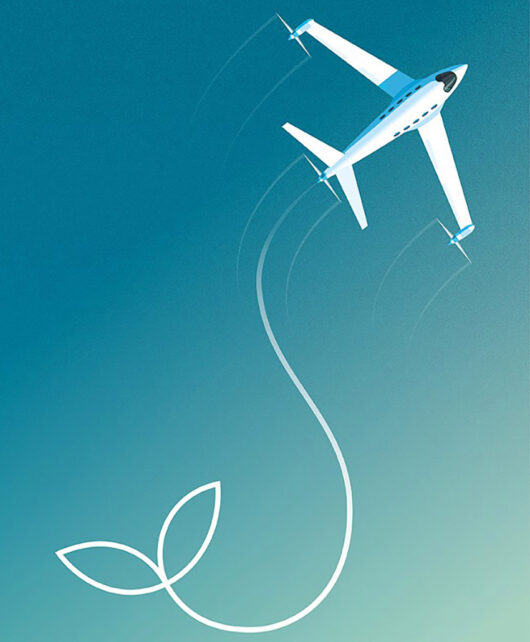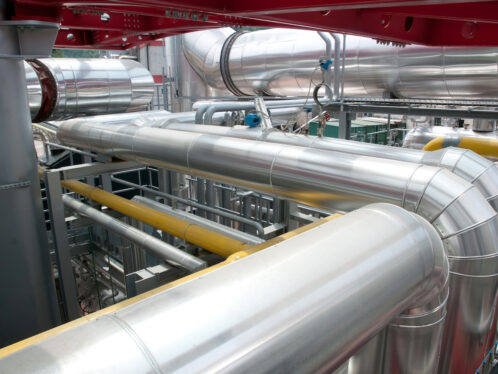
Green skies ahead
As the aviation industry is hit with emissions taxes and beset by increasingly green-conscious customers and social-media movements, it may well be time to look at electric aircraft as the future of air travel.
SKF and sustainable aviation
- Rolling bearings made of materials specialized for aerospace applications
- Hybrid ceramic bearings
- Customizable designs
- Environmentally conscious surface coatings
- Traceable manufacturing processes
- Testing programmes.
For electric and hybrid aircraft, this combination of engineered solutions, selected materials and state-of-the-art manufacturing processes offers:
- Weight reduction and subsequent energy reduction
- Size reduction, facilitating further weight reduction
- Friction reduction for lower fuel and energy consumption
- Electrical insulation, preventing damage to bearings through current leakage.
SKF is already involved in the development phase of projects with key players in hybrid-electric propulsion and is committed to the long-term objective of all-electric commercial airliners. Within the next decade, SKF’s collaborations can ensure the success of both smaller and hybrid-electric regional aircraft as they enter the market.
The electric-aerospace dream
Alice is the latest aircraft in an electric-aerospace dream dating back to the early 1970s when 23-year-old Austrian aviation pioneer Heino Brditschka completed the world’s first recorded flight in an electric aircraft. Brditschka’s groundbreaking feat took place on 21 October 1973, the same month that the 1973 oil crisis began.
The aircraft, operated by a 60-kilogramme battery, flew for only 10 minutes and was more a glider than an aircraft, but still it sparked some idle hope that Brditschka’s achievement would be a turning point in aerospace technology.
Jumping forward almost 50 years to 2019, it’s easy to draw parallels with unstable fuel supplies and rising oil prices amidst escalating tensions in the Middle East. This, together with calls to action on climate change, strengthens the case for a new era of electric aircraft.
Battery power presents new hurdles
Seattle-based Zunum Aero also has its sights on an electric aerospace. It intends to launch a 12-seat electric aircraft in 2022 and a 50-seater by 2027, using lithium-ion battery technology similar to Eviation. Battery power is the obvious choice to store the energy required for flight; however, it presents new hurdles to overcome before electric aircraft can make the jump to the mainstream.

The solutions may require us to rethink commercial flights and look to new smaller aircraft such as Alice with lower passenger capacities to reduce energy requirements. There will likely be an era of hybrid aircraft, similar to what has occurred in the automobile industry, carrying reserve fuel and batteries. In fact, French-owned Airbus intends to launch its 100-seat commercial hybrid aircraft by 2030.
A key incentive for investments
There are additional benefits to electric aircraft. They are quieter and can operate earlier in the morning and later in the day and on flight routes currently unavailable for noise reasons. Their smaller size and lighter weight could also see these new routes operate on shorter runways. Both of these factors may reduce ticket prices – a key incentive for airlines to invest in new technology.
The UK’s largest airport, Heathrow, is already looking to the future and hoping to attract the first electric aircraft by 2030, with a promise to waive landing fees for operators for their first year. The Norwegian government made a commitment to use electric aircraft for all short-haul domestic flights by 2040, making use of the country’s existing infrastructure of smaller, more remote airports and short routes that navigate its mountainous landscape.
There are already more than 100 projects across the world working to bring electric aircraft into the mainstream; the launch of Alice this year is another step towards the future. Within the next few decades we may see a new era of aviation where greener, quieter aircraft provide cheaper and more accessible air travel.




